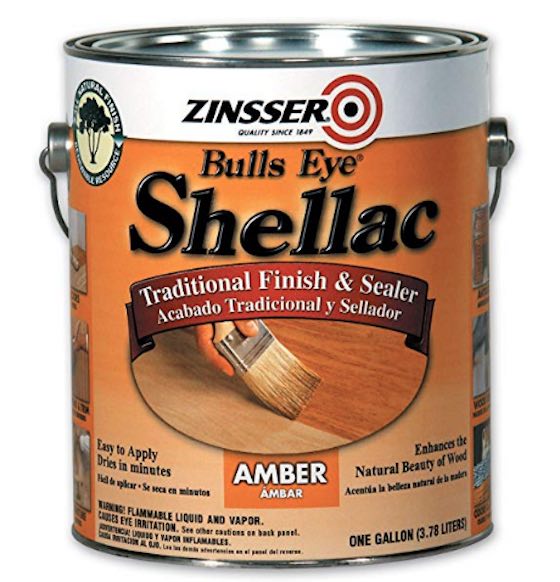Urethane Finishes – Clear & Complicated!

This is the BEST stain blocker you can buy. It's 100 percent shellac. It's also an amazing odor blocker. CLICK THE PHOTO to have it delivered to your home in days.
DEAR TIM: I have been having trouble with my wood front door. The clear finishes I have used all tend to flake off and peel. Is there a urethane that really works well outdoors in harsh sunlight? Or, should I use a traditional spar varnish or shellac? Better yet, should I use the new water-based urethanes? R. A.
DEAR R. A.: Yikes! You couldn't have picked a more bewildering subject. Clear coatings are very complex. There is a big difference between products. A single clear coating will not necessarily perform well on all surfaces. What's more some clear coatings don't stay clear. They can actually develop a patina or amber color over time.
There are two groups of clear coatings as far as I'm concerned. The ones that simply dry and the ones that cure. The coatings that simply dry tend to be old technology. The ones that cure undergo a chemical reaction when they are exposed to the atmosphere. If this chemical reaction occurs favorably, the resultant finish often is much more durable than the old time tested clear finishes.
Shellacs are examples of the clear coatings that simply dry. These products contain resins secreted by female lacc bugs. The deposits are collected from twigs, ground up, and often dissolved in alcohol. After you apply shellac and the alcohol evaporates, you have the exact same bug resin particles. They are simply stuck against one another on your wood.
Linseed oil, traditional oil varnishes, and some urethanes are different. These coatings chemically react with air and sometimes moisture in the air to produce chemically different compounds. The resultant film finish is often much more durable than the products that simply dry. The reason is simple. The chemical reaction causes the ingredients in the coating to chemically bond to one another. Water, chemicals, etc. have a much harder time trying to penetrate this type of finish.
To further complicate the issue, clear coatings are formulated for different purposes. The urethane you need for your front door needs to be flexible to withstand the frequent expansion and contraction of the wood. It also needs to have ultraviolet light (UV) blockers. On the other hand, urethanes for a hardwood floor must have tenacious adhesion and hardness properties. The film has to withstand the twisting motion of shoes with minimal scuffing. Some floor urethanes need UV protection as well since sunlight can stream into certain rooms.
In addition to chemical UV blockers, sunlight protection is sometimes achieved in outdoor urethanes by the addition of finely ground silica sand. This is an ingredient that produces the semi-gloss or satin finish. The sand performs three tasks. It flattens the gloss, absorbs and deflects UV radiation, and the sand powder can harden the finish giving it more durability.
Without adequate UV protection, sunlight penetrates clear coatings and blasts apart the lignin in the upper layers of the wood. The lignin is the glue which holds the wood cells together. If the wood falls apart, it takes the coating with it as it falls to the ground. If your painter applies the wrong urethane to an exterior door film failure can happen in as little as two to three years.
Perhaps the most exciting urethanes to hit the market are the water based ones. Many of these dry crystal clear and they do not yellow. They dry so quickly that you often apply 4 coats in one day. This makes them an excellent time saving product. If you open a can of water based urethane you will likely be fooled. They look milky in the liquid state but dry crystal clear within minutes. I used this product on a cork floor I just installed and I am thrilled with the results.
One Response to Urethane Finishes – Clear & Complicated!